Made of paper and paint as well as cloth, this collaged work comes together almost as though it’s an actual quilt.
Of course, being a collagist, a pieced-together quality is the formal baseline of most of Bearden’s work. “I try to show," he once said, "that when some things are taken out of the usual context and put in the new, they are given an entirely new character."
Here, his depiction of an actual quilt ties in tightly with his usual subject matter: black life in the Northern cities and Southern rural communities of the 20th century. African American quilting traditions run really deep, extending back to a time when enslaved black people worked coded messages into handmade quilts, to disseminate information on the Underground Railroad. Quilting practices persisted into modern times, and the depiction of a quilt in a black home, or its appearance in the work of a black artist, still packs quite a lot of cultural significance.
As far as we can tell, this lovely lady represents no one specific. Some would say that her flatness references Cubism. Not wrong, but if you didn’t already know, the Cubists had borrowed a lot of formal elements from African artistic traditions in the first place. Her figure is also definitely inspired by Egyptian stone reliefs and traditional sculpture of Benin. Bearden, like other Harlem Renaissance artists, was getting back to his roots by using African aesthetics to talk about African American experiences.



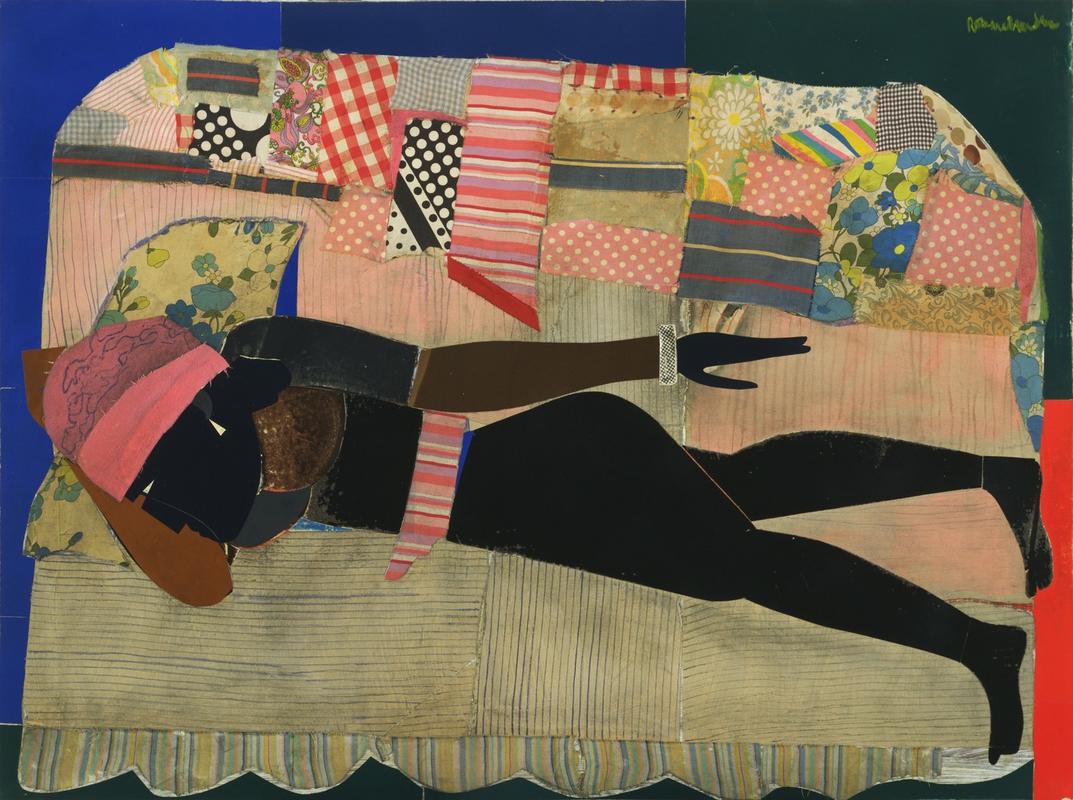
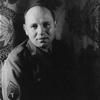

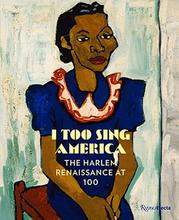
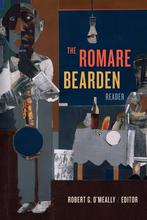









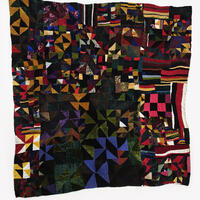
I like the story of secret codes... maybe Bearden is trying to revive it!